September 2019
Welcome and FPS Product Introduction from John Behnke, General Manager »
Early Success with Factory Dashboard at MACOM »
Factory Scheduler for Backend Manufacturing »
Metrology Sampling Optimizer »
NextMove Metrics Track WIP Delivery Performance »
Factory Dashboard Lots Page Redesign »
A Data-Oriented Perspective on Progress Toward a Self-Driving Fab »
Factory Scheduler for Backend Manufacturing
 |
Factory Scheduler Overview
In the early days of semiconductor manufacturing, "scheduling" meant teams of people poring over lot lists and routes discussing how to run WIP for the day. As factories grew in size, such an approach became impractical, necessitating technological help. Initially, home built simple dispatch lists were used, and then enhanced dispatch with critical ratio, etc. followed by tool centric rule-based dispatch. The state-of-the-art approach today uses fab-wide optimized scheduling. The FPS Factory Scheduler uses advanced algorithms to generate a schedule based on current factory conditions and priorities. The schedule automatically updates every few minutes to respond to the dynamic conditions in the factory.
For more information, visit FPS Factory Scheduler.
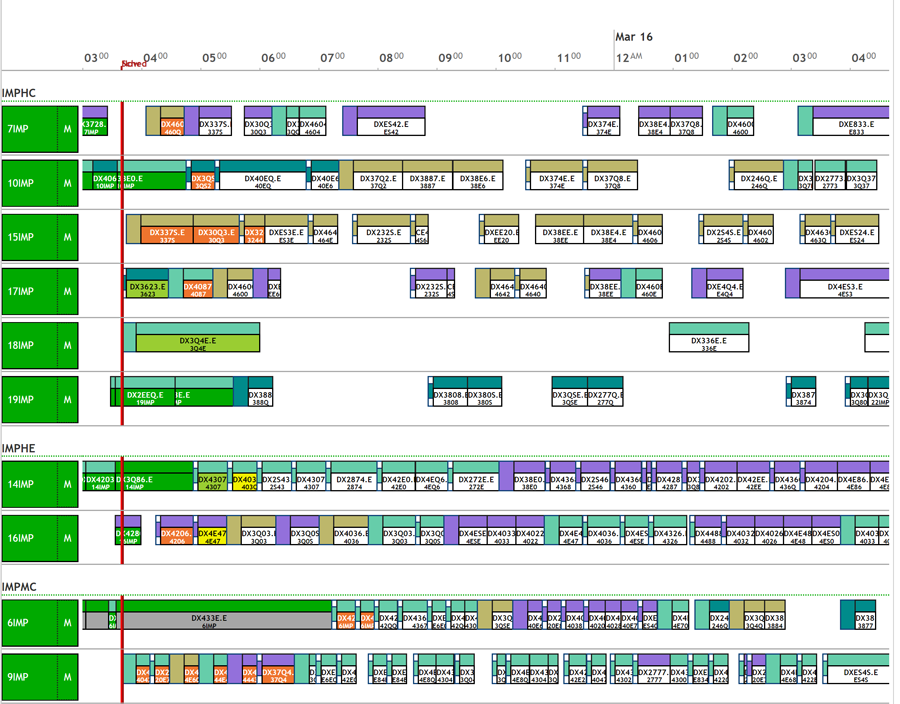
Figure 1: An example WIP schedule by tool for the Ion Implant area.
FPS Customer Project Overview
INFICON completed a joint development project to create a scheduler that supports backend facilities. This new scheduler is a modified version of the FPS Factory Scheduler with enhancements specifically created for back-end process flow.
Front-end Factory Scheduler
A front-end factory is extremely complex. Wafers entering a front-end factory will complete all process steps in approximately 45 – 60 days. Because of the speed and volume of process completions, the refresh rates of the full scheduler need to be minimized. Instead of performing a forecast on the entire process flow, the schedulers perform a 12 hour forecast every 3-5 minutes. An example of a typical front-end factory flow is shown in Figure 2.
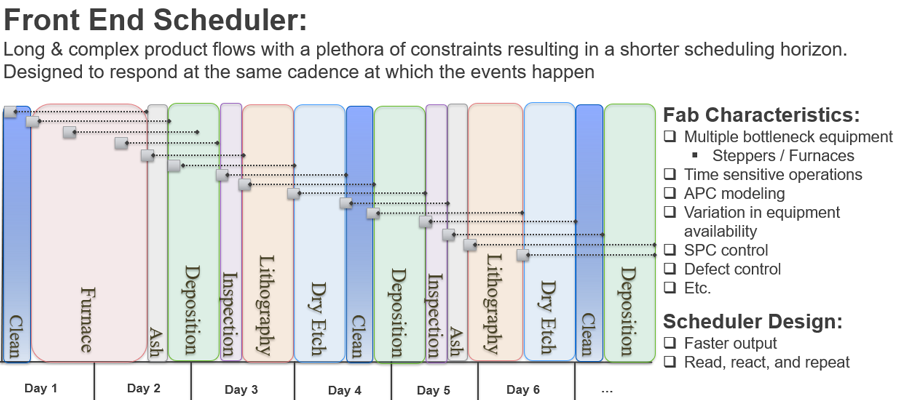
Figure 2: A typical front-end factory flow highlighting the need for shorter scheduling horizons and faster output.
Back-end Factory Scheduler
A back-end factory is not as complex when compared to a front-end factory. Wafers entering a back-end factory will complete all process steps in approximately 7 – 10 days. This allows INFICON to modify its scheduler to account for the entire back-end process flow. A WIP forecast is generated from start to finish for all steps on each back-end scheduler run. An example of a typical back-end factory flow is shown in Figure 3.
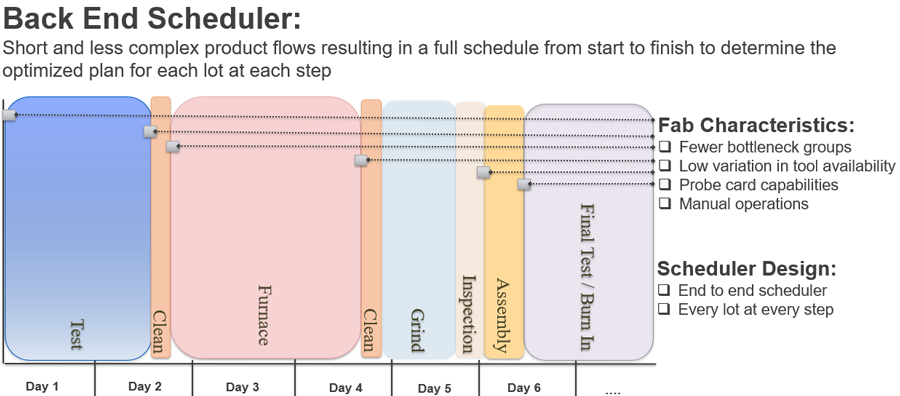
Figure 3: A typical back-end factory flow showing end to end scheduling.
Back-end Enhancement 1: Loading Plan with Modeled Constraints
Now that the Factory Scheduler can accommodate full end-to-end scheduling, the next enhancement is to modify the scheduler so that the facilities planning team can use it as a forecasting tool. In order to do this, INFICON created a method for the facilities team to enter their modeled factory constraints, for example down % by equipment type, and generate a 4 week schedule based on those constraints. This loading plan is displayed lot by lot for a 28 day period, which is something no other Enterprise Resource Planning (ERP) system can generate (Figure 4.)
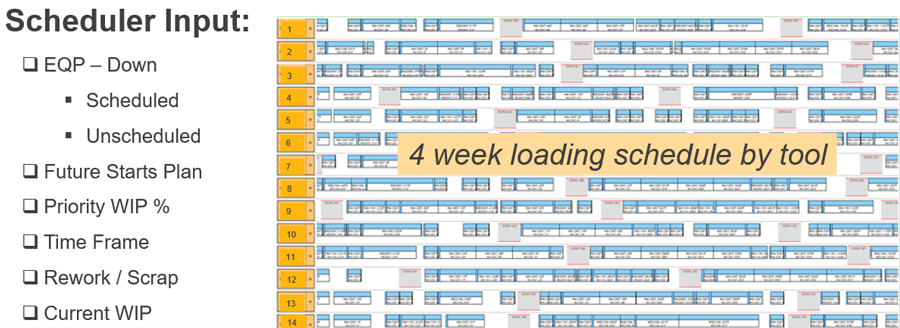
Figure 4: A 4 week loading plan using all modeled constraints for a back-end factory.
Back-end Enhancement 2: Execution of Loading Plan with FPS NextMove
Now that the fully constrained schedule is generated, the next step in the project is to execute to the desired 4 week plan. This requires implementation of the FPS NextMove application. During the rollout of NextMove, several pieces of test equipment had occurrences of an interlock called a 'happy stop' or 'production halts.' Production halts happen when the tool is in a productive state but is not actually processing wafers. Since these events can be easily identified and displayed within NextMove using a 'STOP' icon, loss times are minimized for these tools. Figure 5 shows an example of a production halt that occurred when a tester stopped processing on wafer 21 of the 25 wafer lot.
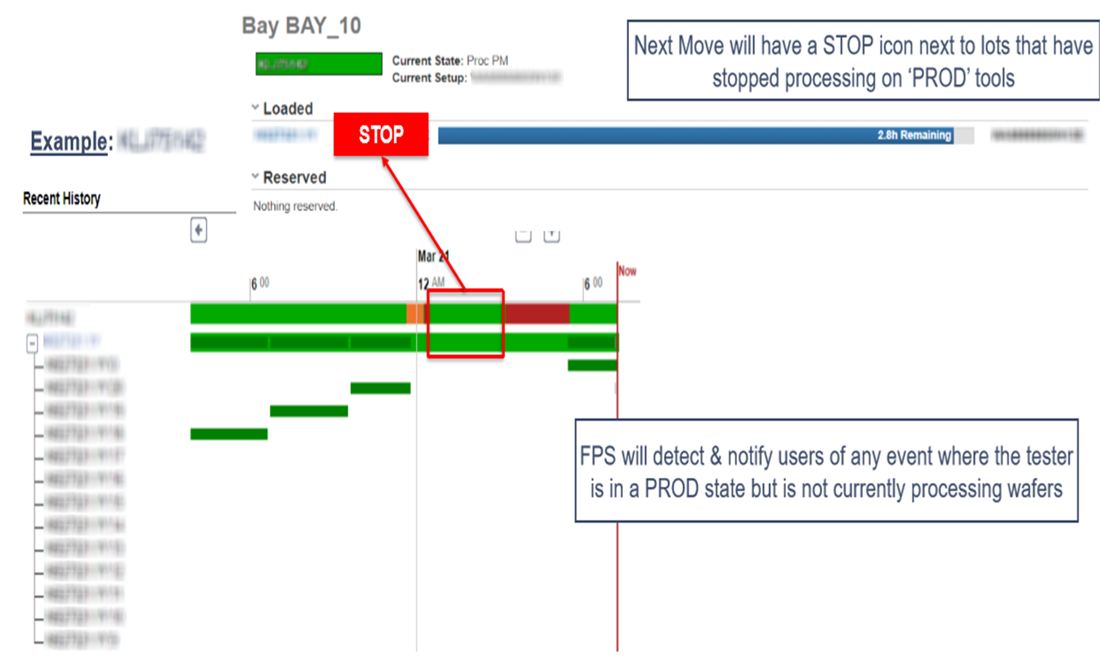
Figure 5: An example of a production halt that occurred when a tester stopped processing on wafer 21 of the 25 wafer lot.
Summary
The combination of using Factory Scheduler with NextMove reduces cycle time, reduces inventory, improves starts plans and forecasting, and increases the capacity of bottleneck tools within semiconductor back-end operations.